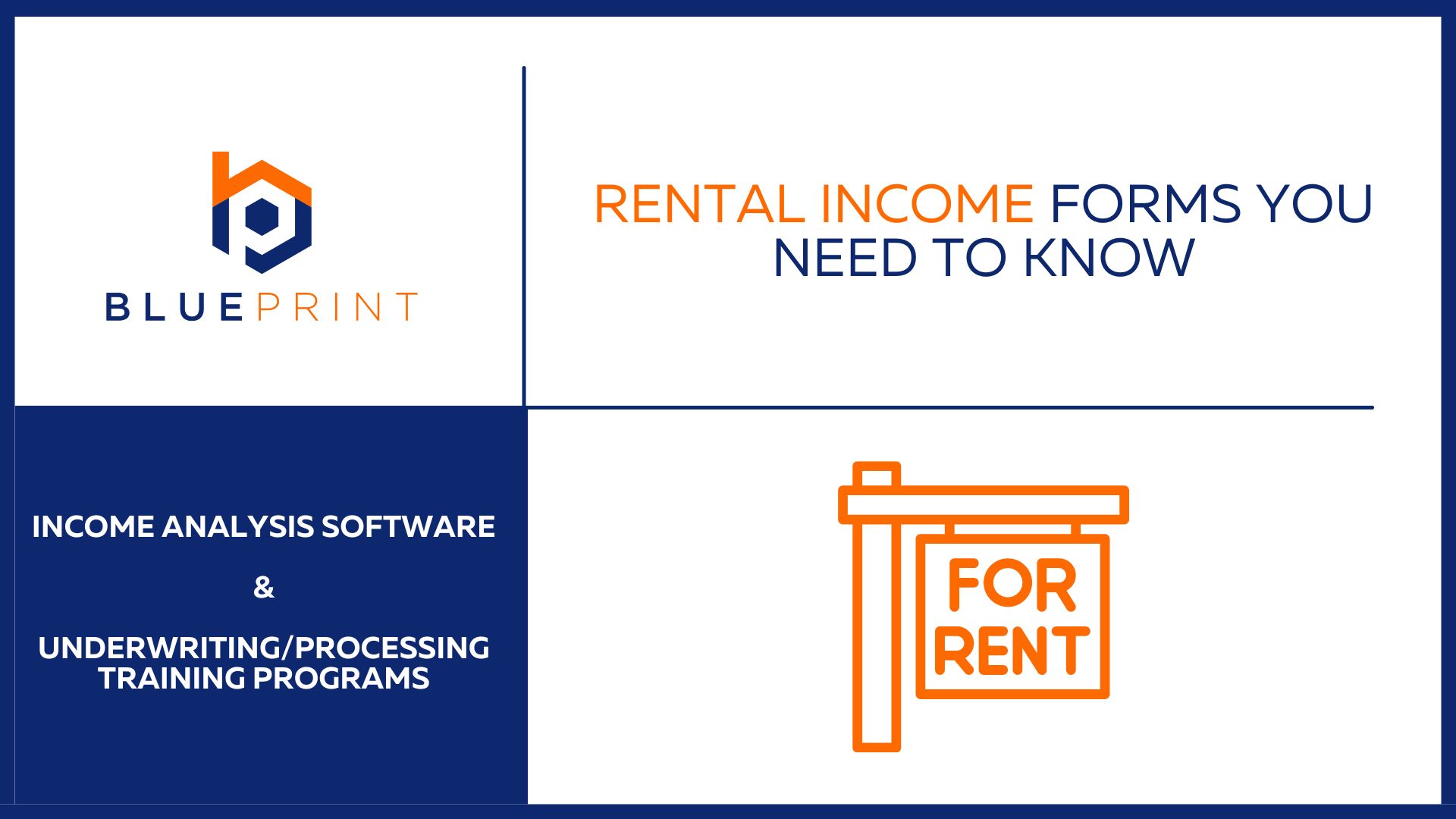As more and more people pursue a side hustle to supplement their income, one smart investment option that many people are diving into is the world of rental property. The long-term passive method of collecting monthly rent gives stable and reliable returns in today’s market – often better than random investments or flipping homes!
From a mortgage originator’s perspective, taking the time to find and assist these potential landlords in making these investment home decisions can also provide a more stable flow of new loans for your team. I know a few originators that have focused the last few years on building a network of borrowers who buy one or two homes per year to rent out. This reasoning is the rental property borrower is not motivated in the same way a primary residence borrower is (business opportunity versus personal expense). If the subject property can rent with the proper margins of profit, regardless if the rate is 4.00% or 10.00%, they will keep purchasing rentals.
From a mortgage operations perspective, your team of processors, underwriters, and auditors must get to know the key guidelines and rental forms for approving non-owner occupied properties. I think most people would be surprised that the average person that has a steady income and owns a primary residence can qualify for a non-owner occupied property! Typically speaking, I think they are lower risk borrowers than many borrowers that are STRETCHING to 50% DTI to get a new primary!
The bottom line for companies is if originators know how to clearly explain the mortgage process of buying a rental property and the operations staff knows how to properly underwrite and close rental property loans using the correct rental forms, this can help bring an additional stable source of income for your team in this slow season!
Here are the commonly used rental forms from Fannie Mae and Freddie Mac that your operations team should be familiar with.
|
FNMA |
FHLMC | ||||
|
Form |
1037 | 1038 | 1038A | 1039 |
92 |
| 2-4 unit primary residence |
x |
x |
|||
| Subject property rental | x | x |
x |
||
| Non-subject property rental(s) | x | x |
x |
||
| Non-subject property rental(s) owned by borrowers 1065/1120S business | x | ||||
FNMA Rental Form 1037 LINK TO THE 1037 FORM
This form reviews the rental calculations when the property is a 2-4 unit primary residence and can be the subject or non-subject property.
FNMA Rental Form 1038 LINK TO 1038 FORM
This form reviews up to four rental properties and guides a user through the calculations for up to four rentals. They can be subject or non-subject properties, and they can use the source of income data from schedule E or a lease agreement.
FNMA Rental Form 1038A LINK TO 1038A FORM
This form is very similar to the 1038 form, except it allows up to ten rentals.
FNMA Rental Form 1039 LINK TO THE 1039 FORM
There is a major difference when a rental property is owned in a borrower’s business entity versus personally owned. If the borrower is personally obligated on the mortgage debt (as evidenced by inclusion of the related mortgage(s) on the credit report) and gross rents and related expenses are reported through a partnership or S corporation, the business tax returns may be used to offset the property’s PITIA. It is critical that this different form of rental math is followed, as it can make the difference between selling the loan to Fannie Mae versus Freddie Mac due to the difference between these agencies. Here is the link that describes the required math at Fannie Mae for better detail. (Rental Income Reported Through A Partnership Or S Corporation)
FHLMC Rental Form 92 LINK TO THE FORM 92
This form reviews multiple rental scenarios following the Freddie Mac guidelines 5306.1. The form reviews 2-4 unit primary residences that are either subject or non-subject properties, rental properties as subject or non-subject, and a worksheet for multiple properties. Basically, it’s a “one-stop shop” for rental calculations.
You might be saying that is a lot of math and a lot of rules to follow! We agree, and this is why we built IncomeXpert. Our service gives you the option of a guided calculator that you can use 24/7 or our PLUS service allows you to send the documents to us to complete. Either way, your borrower’s rental income will be calculated accurately, following guidelines, and properly documented.


2 Responses
Great breakdown! Thanks!
You are welcome Angie!